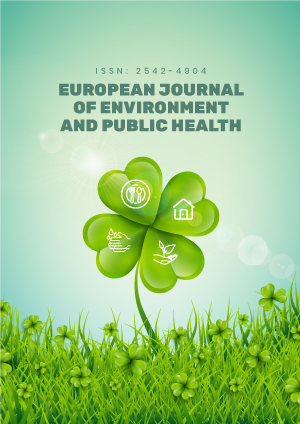Abstract
Fluoride is an anionic pollutant found in surface or ground water in large quantities due to various human activities, for examples, disposal of industrial wastewater or geochemical reactions. The presence of fluoride in drinking water above certain limits has intense effects on human health. It strengthens the tooth enamel to a small level (1.0-1.5 mg/L). In drinking water, the presence of fluoride in the range of 1.5 to 4.0 mg/L may give rise to dental fluorosis at initial the stage, while the continuous exposure to high fluoride concentrations (4.0-10.0 mg/L) leads to skeletal fluorosis. In many countries of the world, including Pakistan, fluoride exists in ground water in high concentration, reaching above 30.0 mg/L on a large scale. The objective of writing this article is to offer accurate information on the efforts of a number of scholars who worked on fluoride removal from drinking water. The fluoride removal techniques have been categorized into two parts dealing with coagulation/precipitation and adsorption. Lime and alum (Nalgonda technique) and chitin have been discussed under coagulation technologies, while adsorption deals with a number of adsorbents, i.e., activated carbon, activated alumina, saw dust, bone char, rice husk ash, bauxite, tea-ash, and kaolin. Each technique discussed can remove fluoride under certain conditions. Each treatment technology has its limitations, and since there is no technology that can achieve its purpose in diverse conditions, the choice of fluoride removal techniques should be according to a specific site, depending on fundamental conditions and the needs of the local area.
License
This is an open access article distributed under the Creative Commons Attribution License which permits unrestricted use, distribution, and reproduction in any medium, provided the original work is properly cited.
Article Type: Review Article
EUR J ENV PUBLIC HLT, Volume 8, Issue 2, 2024, Article No: em0158
https://doi.org/10.29333/ejeph/14739
Publication date: 01 Jul 2024
Online publication date: 18 Jun 2024
Article Views: 963
Article Downloads: 902
Open Access References How to cite this article
 Full Text (PDF)
Full Text (PDF)